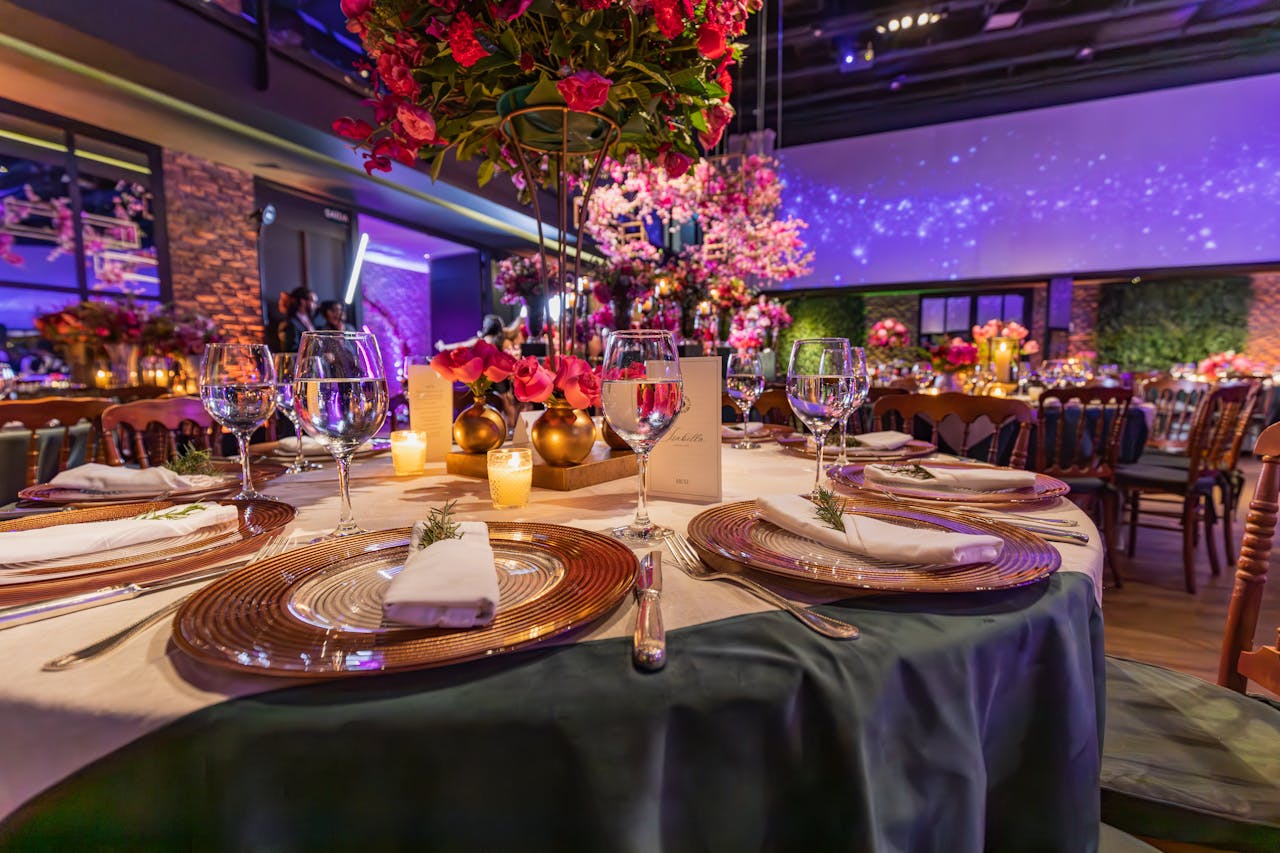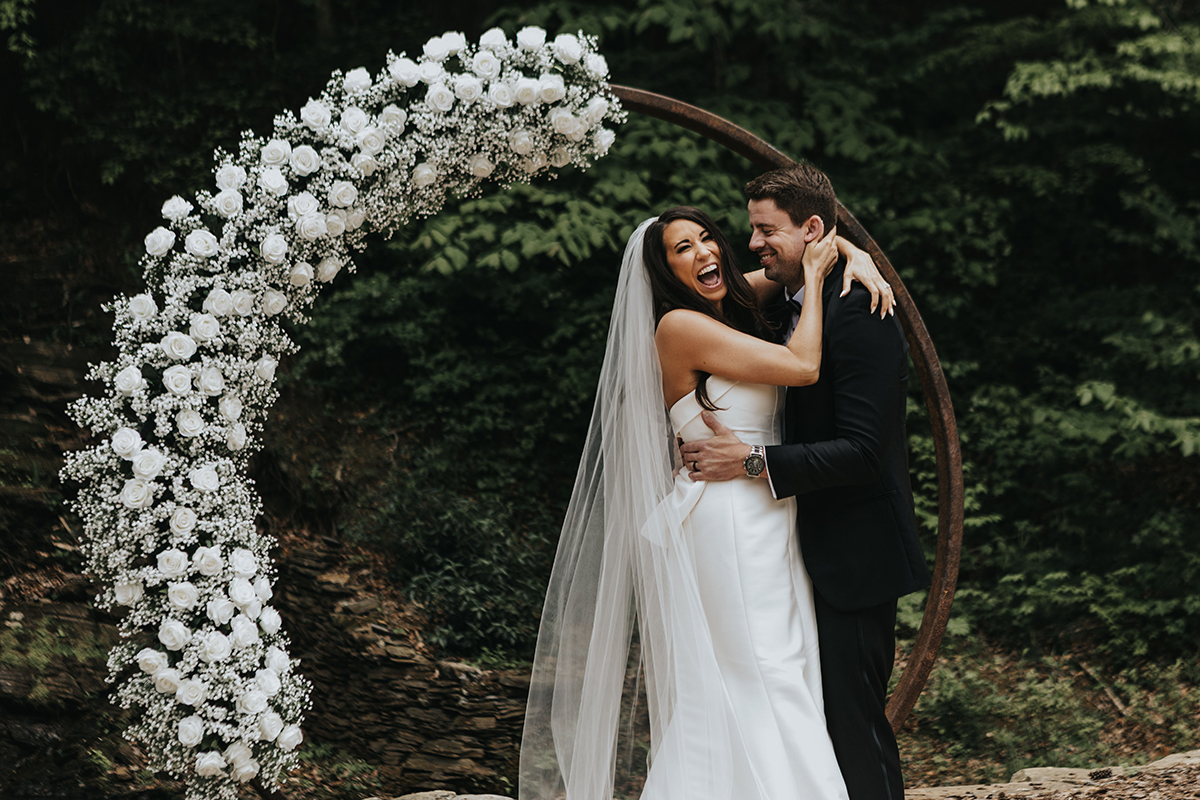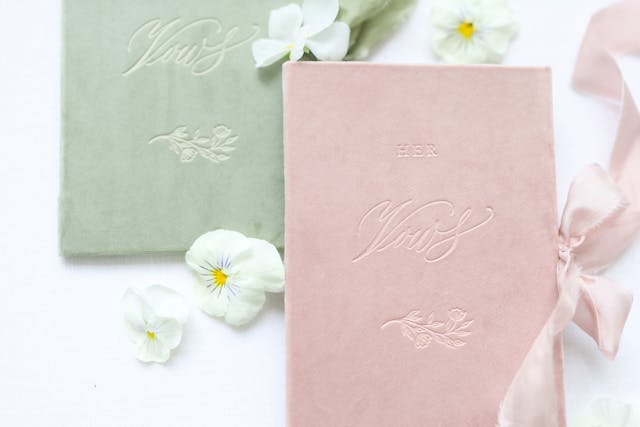Navigating Cultural Differences in Wedding Celebrations

Weddings are joyous occasions that can unite not just two people but often two cultures. Understanding and respecting cultural differences in wedding celebrations is key to creating a harmonious and memorable event where diverse backgrounds blend together more than ever. Knowing the nuances of different wedding traditions can be very helpful in accommodating varied customs.
Understanding the Importance of Culture in Weddings
Culture plays a central role in how weddings are conducted. It influences everything from the ceremony’s structure and dress code to the types of food served. Recognizing these differences isn’t just about avoiding faux pas but appreciating and celebrating diversity. When two cultures come together on a wedding day, it’s a unique opportunity to create a blend of traditions and customs that respects both backgrounds.
Navigating Cultural Differences in Wedding Celebrations with Communication
Effective, open communication is the bedrock of successfully blending cultural elements in weddings. Start by having open discussions with your partner about the cultural aspects important to each of you. Also, communicate with both families to understand their expectations. This dialogue can help identify which traditions are non-negotiable and which can be adapted or merged for a memorable experience.
Encourage an environment where everyone feels heard and their cultural values are acknowledged. These conversations can sometimes be sensitive, so approach them with empathy and a willingness to find common ground. This process ensures a smoother planning experience and creates a deeper understanding and respect among families.
Research and Education on Cultural Traditions
Doing your homework is fundamental, so research each other’s cultural wedding traditions during the planning process. This will show respect for each other’s heritage and help you understand the significance behind certain customs. Reading up on these traditions, or even better, attending a traditional wedding, can provide invaluable insights.
Engaging with cultural experts or elders can also be extremely enlightening, offering perspectives you may not find in books or online. In addition, consider including elements in your wedding that educate guests about the significance of these traditions. This enriches the experience for everyone involved and turns your celebration into a joyous and educational event.
Integrating Diverse Customs
Finding a balance in cultural differences in wedding celebrations can be challenging but rewarding. For example, if one culture has a vibrant, colorful dress tradition while the other has a more subdued style, consider blending these elements in the decor or attire. When it comes to rituals, you might alternate between customs from each culture. The key is to respect both traditions without overshadowing one with the other.
Flexibility and open-mindedness are also important, as some adaptations might be needed. For instance, tweaking traditional ceremonies to fit a combined setting or creating new rituals honoring both cultures can make your wedding unique. This balancing act is not just about the ceremony and attire but extends to all aspects of the wedding, including music, food, and entertainment.
Accommodating Diverse Traditions
As you navigate through the cultural aspects of your wedding, one practical consideration is managing the logistics of incorporating these traditions. Sourcing specific items or attire from another country or arranging transportation for unique elements like a traditional band or decor requires careful planning.
Why not employ the services of a company like Logicstics and have all that taken care of? Their expertise in international shipping and event logistics ensures that even the most unique cultural items or traditions can seamlessly and stress-free be a part of your special day. They offer packing and crating and door-to-door delivery, and they will even transport your piano or other valuable instruments to the event! Integrating different cultural elements becomes a much more manageable task with their support.
Sensitivity Toward Religious Practices
Many weddings have religious elements deeply ingrained in their customs—approach these with sensitivity and understanding. If a religious wedding ceremony is important to one side, consider having two separate ceremonies to honor each tradition. Alternatively, seek a religious leader who respects both cultures and can create a ceremony that includes elements of both.
The Menu
Food is a significant part of any wedding celebration and can be a delightful way to showcase cultural diversity. Consider a menu that includes signature dishes from both cultures. This makes the meal more interesting and ensures that guests from both sides feel included and appreciated.
Dressing for Two Worlds
The choice of wedding attire can be a beautiful reflection of cultural blending. Couples can choose to wear traditional attire from one culture for the ceremony and switch to the other for the reception or create a unique blend of styles. When it comes to decorations, find a theme that harmoniously brings together elements from both cultures.
Entertainment and Music
Music and entertainment are great ways to incorporate cultural elements when navigating cultural differences in wedding celebrations. As an example, you can include traditional dances or music from both cultures. Hiring performers who specialize in these traditions can add an authentic touch to the celebration.
Being Respectful of Differences
It’s important to remember that not all guests may be familiar with certain customs. Brief explanations during the ceremony or in the wedding program can help guests understand and appreciate the significance of what they are witnessing. Be patient and open to questions, and provide guidance where needed.
Embracing International Love Stories
Love often crosses borders, and it’s not unusual to have weddings that are a blend of vastly different cultures. Take, for instance, a couple moving from the USA to Germany. This move symbolizes their journey and brings together the quintessential American spirit with rich German traditions. In such scenarios, wedding planning can become an exciting exploration of how to harmonize these diverse cultural elements.
Imagine incorporating the American practice of the grand bridal entrance with the German tradition of Baumstamm sägen, where the couple saw a log together, symbolizing teamwork in their marriage. For couples like this, who are starting a new chapter in Germany, the wedding becomes a beautiful fusion that honors their roots while celebrating their future together. This is a splendid example of how love transcends borders, bringing unique cultural practices into harmony.
Overcoming Challenges
When blending cultures, some disagreements or misunderstandings are inevitable. Approach these with patience and a willingness to compromise. Remember, the goal is to celebrate the union of two people and their cultures, not to create a perfect replication of traditional norms.
A Celebration of Love and Culture
Navigating cultural differences in wedding celebrations requires patience, understanding, and creativity. It’s an opportunity to learn, grow, and show respect for each other’s heritage. Embracing these differences lets you create a wedding that’s not just a blend of two cultures but a unique celebration of love that respects and honors both.
Complete Weddings + Events – Dallas & Ft. Worth Metro Area, TX
If you’re ready to bring your event to life, you need a team of wedding vendors to help! Contact Complete Weddings + Events for details on our multiple services you can mix and match to build an event package filled with all your needs to make your day a success! We offer photographers, videographers, DJs, and photo booth rental services in the Dallas-Fort Worth Metro area to make your big day unforgettable.




